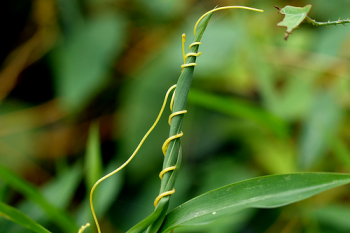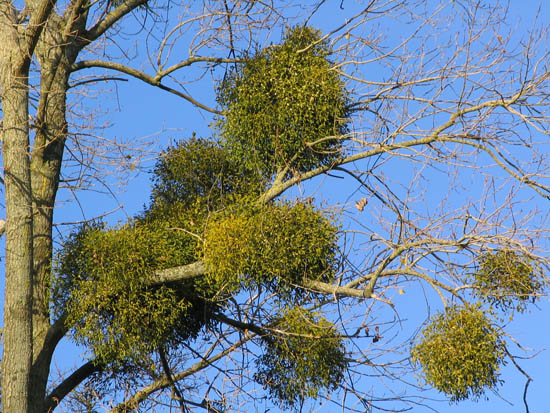Question #f26ac
1 Answer
Mistletoe and dodder are considered parasites because they get some or all of their nutrients from another living plant.
Explanation:
Plants are considered to be "parasitic" when they derive some or all of their nutritional requirements from another living plant.
All parasitic plants have modified roots, named haustoria (singular: haustorium).
https://en.wikipedia.org/wiki/Parasitic_plant
The haustoria penetrate the host plant's conductive system – either the xylem, the phloem, or both – and extract water and nutrients from the host.
.............................
Dodder attaches to the stems of its hosts.

http://www.waldeneffect.org/blog/Vampire_plant/
You can see that the parasitic dodder plant has evolved to be without chlorophyll, so it has to be a parasite in order to live.
..................................
Mistletoe attaches itself to the branches of trees.

https://www.britannica.com/plant/mistletoe
You can see that mistletoe has chlorophyll, so it is photosynthetic to some degree.
....................................
Here is a great web site to learn more about dodder, mistletoe (and the corpse plant too.) It has a couple of excellent videos, including a time-lapse video showing dodder from germination, to sinking its haustoria into the host plant, to completely covering the host,
https://owlcation.com/stem/What-Are-Plant-Parasites

